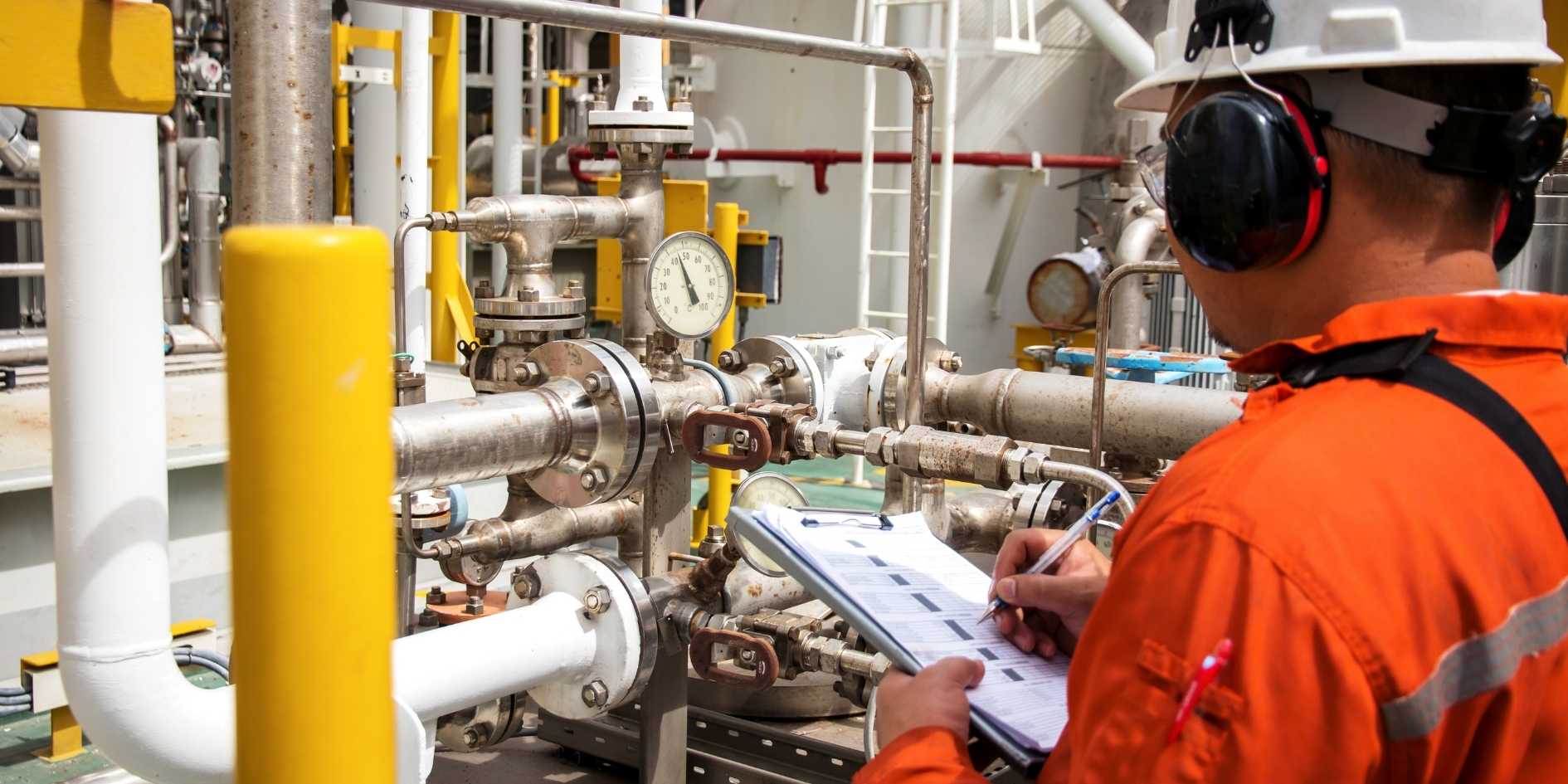The smart Trick of Roar Solutions That Nobody is Talking About
Wiki Article
10 Simple Techniques For Roar Solutions
Table of ContentsThe 7-Second Trick For Roar SolutionsThe Best Strategy To Use For Roar SolutionsThe Best Guide To Roar Solutions
In order to shield installments from a possible explosion a method of evaluating and categorizing a potentially unsafe location is called for. The function of this is to make certain the proper choice and installation of equipment to inevitably stop a surge and to guarantee safety and security of life.
(https://sandbox.zenodo.org/records/174151)
No tools should be set up where the surface temperature of the tools is more than the ignition temperature of the given hazard. Below are some common dust hazardous and their minimum ignition temperature. Coal Dust 380C 225C Polythene 420C (melts) Methyl Cellulose 420C 320C Starch 460C 435C Flour 490C 340C Sugar 490C 460C Grain Dust 510C 300C Phenolic Resin 530C > 450C Aluminium 590C > 450C PVC 700C > 450C Soot 810C 570C The probability of the danger being existing in a focus high adequate to cause an ignition will certainly vary from location to area.
In order to identify this danger an installation is split into areas of danger relying on the amount of time the dangerous exists. These locations are described as Zones. For gases and vapours and dusts and fibres there are three areas. Area 0 Zone 20 An unsafe atmosphere is highly most likely to be existing and may exist for long periods of time (> 1000 hours per year) and even constantly Zone 1 Zone 21 A hazardous ambience is feasible yet unlikely to be existing for extended periods of time (> 10 450 C [842 F] A category of T6 suggests the minimal ignition temperature is > 85 C [185 F] Harmful area electrical tools perhaps developed for usage in greater ambient temperature levels. This would suggested on the score plate e.g. EExe II C T3 Ta + 60C( This indicates at 60C ambient T3 will not be gone beyond) T1 T1, T2, T3, T4, T5, T6 T2 T2, T3, T4, T5, T6 T3 T3, T4, T5, T6 T4 T4, T5, T6 T5 T5, T6 T6 T6 A T Course score of T1 means the optimum surface area temperature level generated by the tool at 40 C is 450 C. Thinking the linked T Class and Temperature rating for the tools are proper for the area, you can constantly use an instrument with a more stringent Department ranking than needed for the location. There isn't a clear solution to this inquiry however. It really does depend upon the sort of devices and what repairs require to be executed. Tools with particular examination treatments that can't be done in the field in order to achieve/maintain 3rd party rating. Need to come back to the manufacturing facility if it is before the tools's service. Area Repair By Authorised Employee: Challenging testing may not be called for nonetheless particular procedures may require to be complied with in order for the devices to keep its third event score. Authorised employees must be utilized to execute the work appropriately Repair work need to be a like for like replacement. New component should be thought about as a straight substitute calling for no unique screening of the equipment after the repair is total. Each piece of equipment with a dangerous ranking need to be evaluated independently. These are described at a high level below, but also for even more comprehensive information, please refer directly to the guidelines.
Roar Solutions for Dummies
The tools register is a thorough data source of tools documents that consists of a minimum set of areas to determine each item's location, technical parameters, Ex-spouse category, age, and ecological data. The ratio of Detailed to Close inspections will certainly be established by the Equipment Threat, which is examined based on ignition danger (the chance of a resource of ignition versus the possibility of a flammable environment )and the dangerous location classification( Zone 0, 1, or 2). Executing a durable Risk-Based Assessment( RBI )method is critical for making sure compliance and safety in taking care of Electrical Devices in Hazardous Locations( EEHA).
Roar Solutions Can Be Fun For Everyone

In regards to eruptive risk, a hazardous area is a setting in which an eruptive environment exists (or may be expected to be present) in amounts that need special safety measures for the building and construction, setup and use devices. eeha courses. In this article we explore the difficulties encountered in the work environment, the risk control measures, and the called for proficiencies to function securely
It is a consequence of contemporary life that we produce, keep or take care of a series of gases or liquids that are considered combustible, and a variety of dirts that are deemed flammable. These substances can, in particular conditions, develop explosive ambiences and these can have major and awful effects. Many of us know with the fire triangular get rid of any one of the 3 components and the fire can not occur, however what does this mean in the context of unsafe locations? When breaking this down into its simplest terms it is essentially: a mix of a specific amount of release or leak of a specific substance or product, blending with ambient oxygen, and the visibility of a source of ignition.
In a lot of instances, we can do little regarding the degrees of oxygen airborne, yet we can have significant influence on sources of ignition, for instance electrical equipment. Unsafe locations are documented on the harmful location classification drawing and are recognized on-site by the triangular "EX-SPOUSE" indicator. Below, among various other vital info, zones are split into three kinds depending on the risk, the probability and duration that an eruptive environment will certainly exist; Area 0 or 20 is considered one of the most unsafe and Area 2 or 22 you could try these out is deemed the least.
Report this wiki page